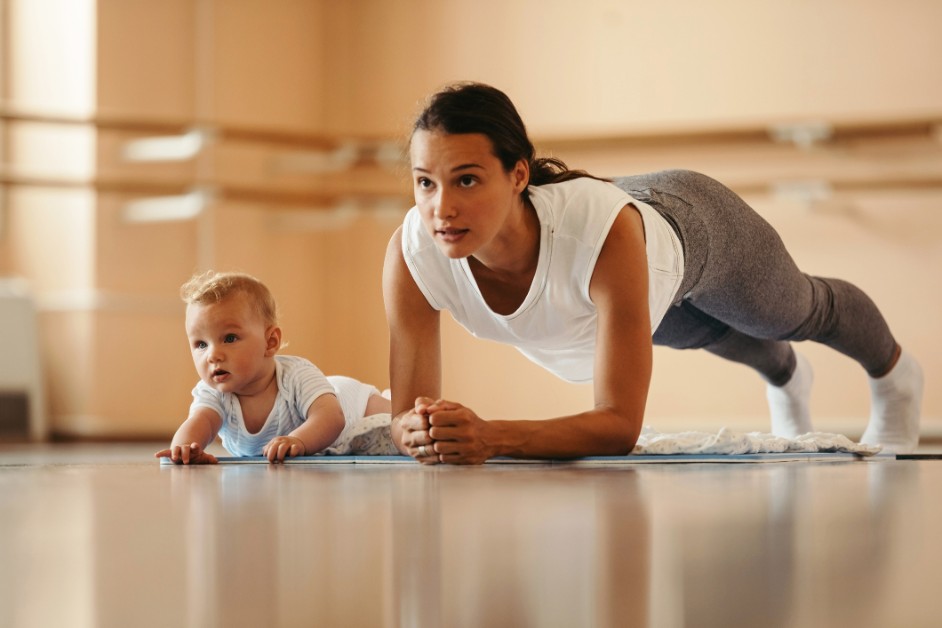Strength Training: Why it is Important for Moms
NOV 05, 2025Progressive overload means consistently challenging your muscles to do a little bit more than they're used to.
Read More
Osteoporosis. It's a word we often hear, especially as we get older, but do we really understand what it is and how it affects women? The truth is, osteoporosis is a significant health concern for women of all ages, but especially those that are post-menopausal. There are multiple factors that contribute to a diagnosis of osteoporosis, some that we can control and some we cannot.
Simply put, osteoporosis is a disease that weakens bones, making them fragile and more likely to break. Think of your bones like a honeycomb. In osteoporosis, the holes in the honeycomb become larger, weakening the overall structure. This can lead to fractures, most commonly in the hip, spine, and wrist.
One of the most insidious things about osteoporosis is that people with osteoporosis often have no symptoms until a fracture occurs, making it a “silent disease”. Approximately 1 in 2 women over the age of 50 will break a bone because of osteoporosis, and most won’t know they even have it until then.
Women are significantly more likely to develop osteoporosis than men. Osteoporosis affects nearly 10 millions Americans nationwide and of those, nearly 80% are women. Some of the reasons for this are:
Along with female gender, there are other non-modifiable risk factors that may put you at higher risk for developing osteoporosis. While you can't change these risk factors, knowing them can help you be more proactive about your bone health:
While there may be multiple factors that influence risk of osteoporosis, there is so much you CAN do to protect your bone health and reduce your risk of osteoporosis. Osteoporosis does not necessarily have to be an inevitable part of aging, here are actions you can take to reduce your risk of osteoporosis:
A healthy diet, daily exercise and lifestyle changes are key factors to decreasing your risk of developing osteoporosis. To find out more about protecting your bone health, talk to your doctor. They can assess your individual risk factors, recommend appropriate screening tests, and help you develop a personalized plan to keep your bones strong and healthy for years to come. Don't wait until you break a bone to take action! Talk with your CHI Health Women's Health provider today.

Progressive overload means consistently challenging your muscles to do a little bit more than they're used to.
Read More
A Nurse Practitioner answers your essential mammogram questions. Understand timing, prep, the procedure, callbacks, and financial options.
Read More
Radiotherapy is a finely tuned, powerful partner that can work with your surgery to give you the best possible outcome for breast cancer.
Read MoreWhen you need local health information from a trusted source, turn to the CHI Health Better You eNewsletter.